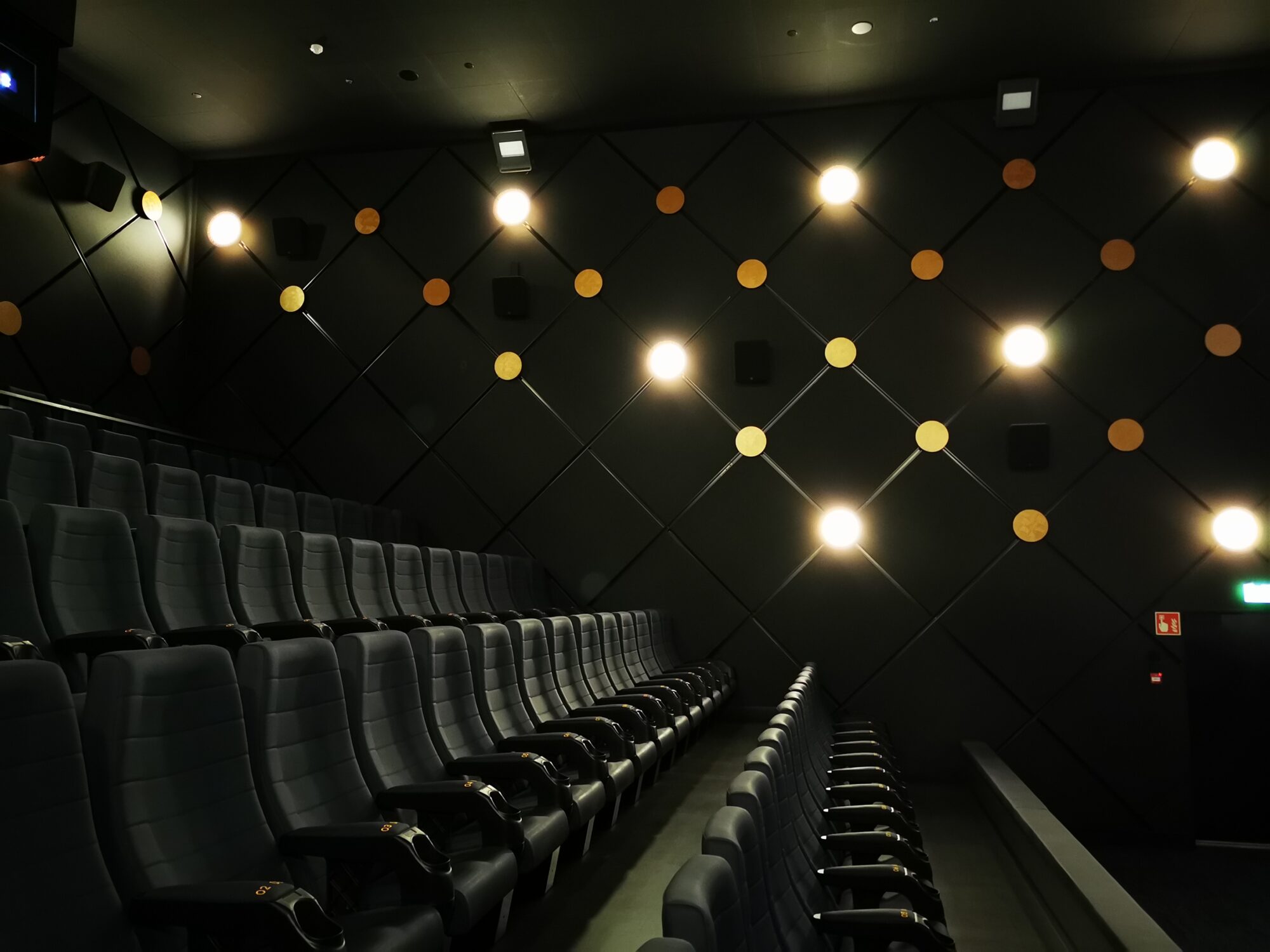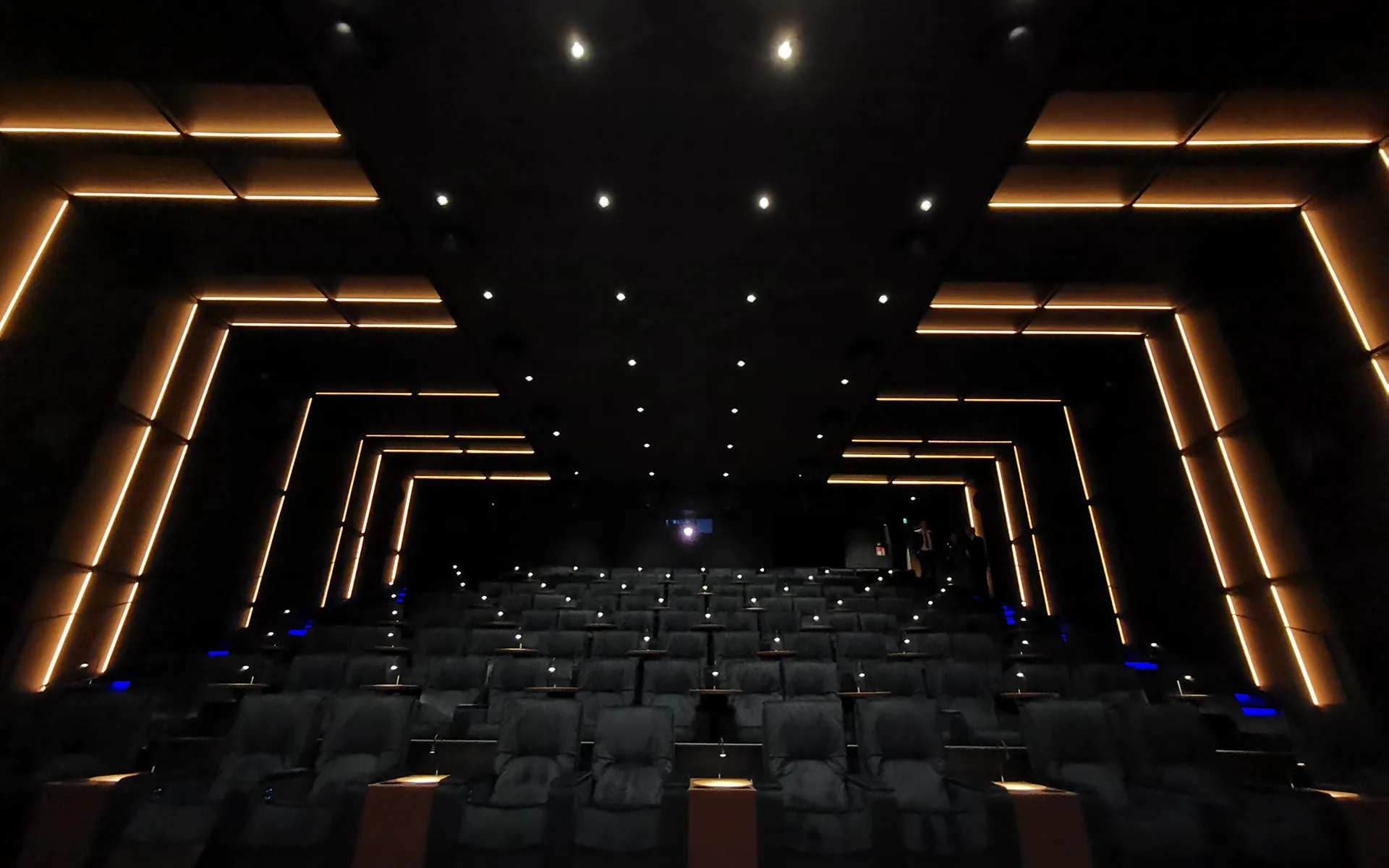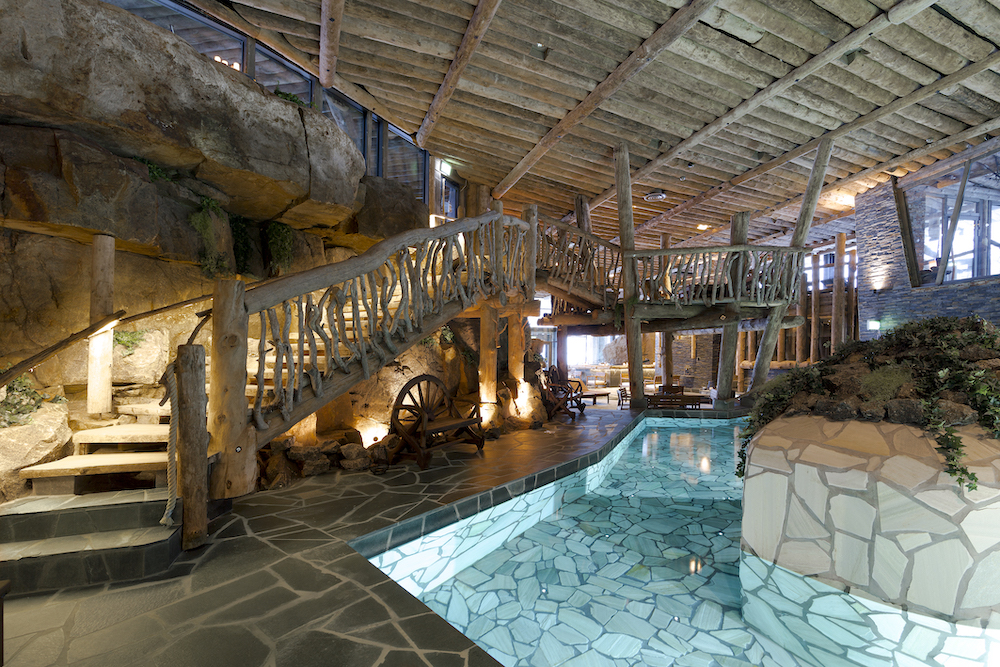It is good to be in an empathetic space
What pieces make up your favorite buildings or places?
Why is it good to be in a certain building and why does a certain space attract you?
"Favorite places make people feel good. The experience of well-being is influenced by all the properties of the space, which can be perceived through our different senses: colors, light, design language, proportions, acoustics, and smells, as well as how the materials feel," says Jaana Partanen.
The properties and features perceived through the senses produce different feelings and evoke thoughts. Details can attract the eye and create aesthetic experiences, and the feel and smell of materials can bring back memories.
"Empathy manifests as valuing people and the environment. With architecture, we want to make the user of the facility feel that the owner and designer value them and their needs," Heikki Lamusuo explains.
When a space is designed through empathy the user feels as if the space was designed for him. The place feels like one's own, and people feel comfortable in it. An empathetically designed space supports the formation of a community and offers natural meeting places.
"Supporting the community is an integral part of the design of all facilities, from homes to office and business buildings as well as public spaces. Spaces for meetings and sheltered areas for one's peace are needed in the space complex," says Lamusuo.

Lighting brings atmosphere and safety to dim spaces.

In the BioRex Cultural Barracks, practicality is also key in the form of serving tables.

The BioRex Seinäjoki cinema has comfortable seats, ample legroom, and significant investment in acoustics.
"Empathy manifests as appreciation for people and the environment."

Diverse furniture allows for space customization, is durable, and provides ample seating. The furniture in the picture is from the Palad furniture brand collection.

The BioRex Tripla lobby serves as a meeting place before and after movies.
An empathic space creates positive feelings
Partanen & Lamusuo's portfolio includes a wide range of different buildings, spaces, and public art projects. During the design process space's users, purpose of use, and functionality are taken into account. Each project is shaped in its own, unique way and look.
"The users experience the space positively when it speaks to the person as a person. The empathic design creates an empathetic state that is suitable for people and produces positive feelings", reflects Lamusuo.
Colors play a huge role in the aesthetics of architecture, art, and design. Partanen & Lamusuo consider the color scheme both through coziness and the purpose of use. A coherent, harmonious whole is calming. Different shades or surface materials can be used to mark locations, which improves the usability of the facility.
"Users can also be touched by the scale and form language. For example, daycare centers need spaces with different scales to make the children feel safe. Spaces that feed the imagination and support a sense of security create a framework for play and interaction," Partanen & Lamusuo explains.
Curved shapes that people encounter in natural environments can be used in the design language of buildings. Curved, soft shapes feel natural and improve comfort, which is of great importance for a person's overall well-being.
Read also: Does empathy design exclude wow architecture.

Lights not only illuminate but also create ambiance and layers, can also act as guides and emphasize structures.

The calming lighting and creatively placed seating in lobby areas are hallmarks of empathetic spaces. The lobby pictured is from BioRex Seinäjoki.











